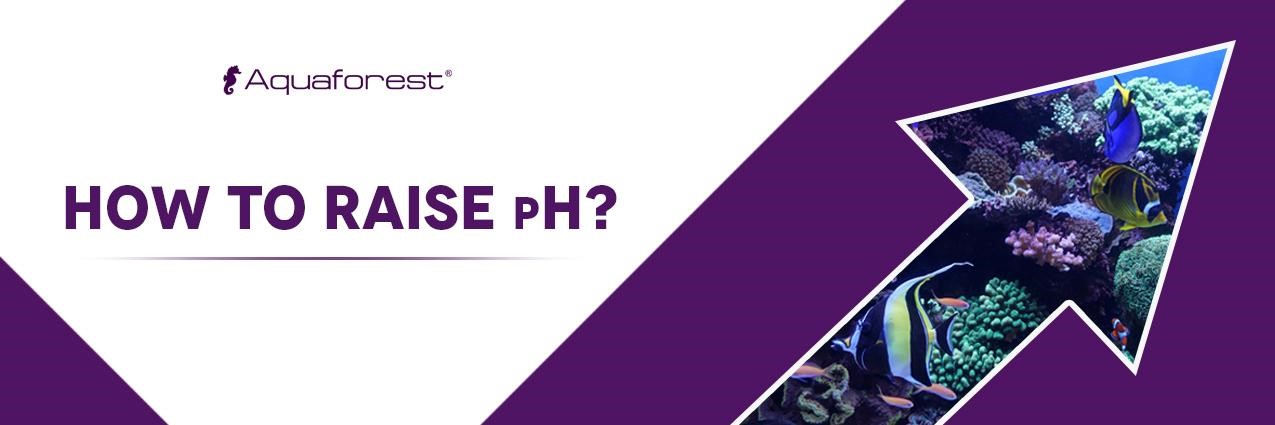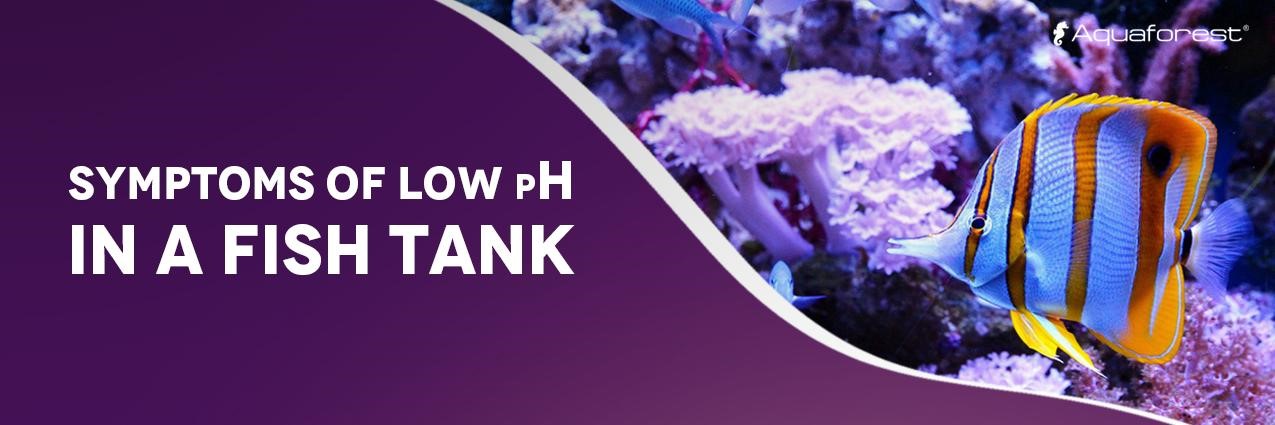How to raise pH in aquarium & What causes low pH in fish tank?
Symptoms of low pH level in a fish tank
A correct, stable and adjusted pH level in your fish tank is one of the most important parameters. Above all, it is important to carefully and regularly monitor the pH and observe what is happening in the aquarium. Especially if you are a beginner aquarist who may miss some signals. As a result, we're here to reveal the most common reasons for low pH in the aquarium.
1. Algae growth
It is possible that the conditions in your aquarium have changed if you observe a sudden increase in algae. Slightly acidic water promotes algae growth. Other things, like too much light in the aquarium, can also play a role in accelerated algae growth. Too many plants in an aquarium can make it difficult for fish to swim around.
2. Accumulation of dirt on the bottom of the tank
It is well-known sludge, which accumulates on the bottom of the tank. It is formed from leftover fish food that falls to the bottom. Irregular cleaning of the bottom of the aquarium leads to weakened circulation through a clogged filter. However, it is important to be aware of the nitrifying bacteria found in this sludge. It is therefore essential to maintain a balance when cleaning the aquarium. If you remove too much sludge, you will also remove too many nitrifying bacteria. The sudden removal of too many bacteria will lead to higher concentrations of phosphate, ammonia, and nitrate.
3. High fish stress
Every fish species has a specific pH tolerance level. When the pH of water in your tank is too low, you may observe increased stress levels in your animals. This water quality is toxic, and such living conditions are difficult for your fish. It is characterised by a variety of symptoms, for example increased sluggishness of fish, lack of appetite, impaired swimming and lack of growth.
4. Fish swimming near the surface of the water or on the bottom of the aquarium
Another symptom of poor water quality is fish swimming too often in these parts of the aquarium. This means that the fish have a breathing problem. In addition, an acceleration of the gills can be observed at the same time.

What causes low pH in an aquarium?
There are many reasons for low pH in your aquarium and there are also many solutions to this issue. However, there are causes that occur most frequently, and it is worth looking at them first. Here are some of them:
1. Infrequent cleaning of the aquarium
Failure to clean the aquarium regularly is the most common cause of poor tank water condition. Organic pollutants left behind by plants and fish waste, such as: food remains, feaces, plant residues, significantly lower the pH. In addition, through the excess of unnecessary substances, the hardness of the water will also be altered. If we consider the aesthetics of a neglected aquarium, we already have quite a list of arguments for starting to clean a tank more often. Also remember to change the filter media regularly.
2. Infrequent water changes
Too infrequent water changes lead to a slow lowering of the pH levels. As in the previous case, all of pollutants, which are in aquarium water will lower the pH in your tank. With water changes, essential elements are also supplemented to the aquarium.
3. Acidic tap water
For freshwater aquariums, it is also likely that the low pH of the water is caused by the tap water used during water changes being too low. Before using tap water, it should be tested. To do this, you can use drop tests or strip tests. This will help you to know the pH of the tap water.
4. Excess tannins
Another reason for low aquarium pH is excess tannins. The main source of tannins is usually driftwood, which is also a decoration for the aquarium. If you notice that the water is slightly brown, it is a good idea to scald the driftwood in hot water. The other sources of tannins are leaves and alder cones.
5. Poor Air Flow and Regulation
If the air flow into the aquarium is too weak to remove CO2 from the water, it is very possible that this is the cause of the low pH. Carbon dioxide is produced by fish when they breathe and makes the water pH more acidic. It is a good idea to invest in specialist aquarium equipment. There are many filters available on the market to help improve airflow and adjust the pH.

How to raise pH levels in an aquarium?
As with high pH, we do not recommend using chemical products in the first instance. Sudden changes in pH can cause serious problems, as can inadequate pH levels. Firstly, the pH of the tank should be checked carefully. As we mentioned earlier, you will find many ways to test the pH on the market. As a reminder, the pH scale ranges from 0 to 14, with 7 being neutral.
Here are some ways to raise the pH of your aquarium naturally:
1. Regular water changes
As we mentioned earlier, irregular water changes are one of the most common causes of poor aquarium condition. After checking the pH with tests or pH meters, consider whether the water is being changed often enough. Perhaps increasing the frequency of water changes is the first step to lowering the pH. The frequency of water changes depends on the size of the aquarium (every 1-3 weeks). The recommended amount of water to be changed is 10% of the aquarium water.
2. Aerate the water
If you are not using filters or pumps to reduce CO2 from the tank, it is time to change. Excess carbon dioxide results in a lower pH. This will remove the CO2 produced by the inhabitants, which makes the water more acidic and destabilizes the kH.
For marine aquariums, we recommend using our AF Air Scrubber in combination with pellet AF Air Scrubber Media. Designed to reduce CO2 safely for the aquarium. This set will increase the pH by ~ 0.2 - 0.4 degrees and stabilize around 8.0 - 8.4. Additional, AF Air Scrubber is very easy to use. Our granules change color during use, which is a good thing because you can see when they need to be replaced.
3. Boil pieces of driftwood
Placed in the freshwater aquarium, unprepared decorations such as driftwood cause excess tannins, which lowers the pH. Boiling the wood avoids this problem. To be sure, perform this step several times.
4. Add Crushed Coral to the water
Crushed corals contain calcium carbonate, which helps to raise the pH level. We recommend placing the crushed corals in a bag and then in the filter. You should notice a slow increase in pH. A good alternative to crushed corals is aragonite sand, which can be used as a substrate for your aquarium.

 Polski
Polski